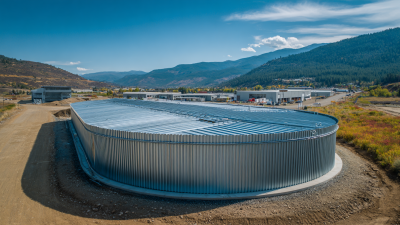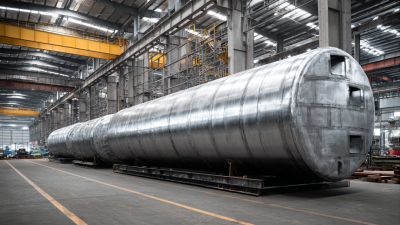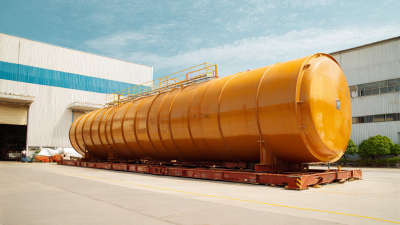In recent years, the demand for efficient and sustainable water storage solutions has risen significantly across various industries. According to a report by the Global Water Intelligence, the global market for water storage systems is projected to grow at a CAGR of 7.5% from 2021 to 2026, emphasizing the need for durable and environmentally friendly options.
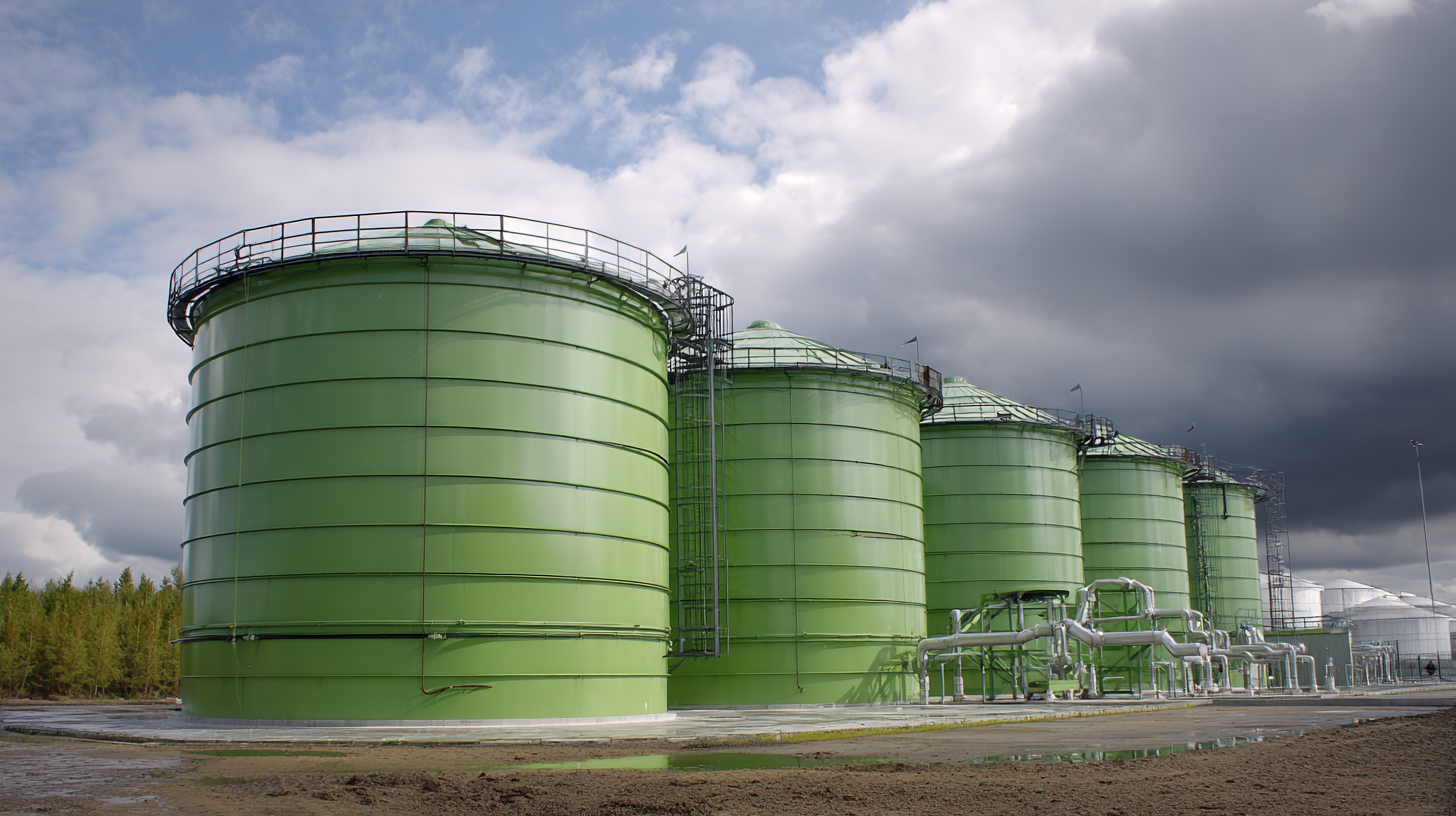 Grp Storage Tanks emerge as a frontrunner in this domain, offering exceptional resilience and resistance to corrosion, making them ideal for both commercial and industrial applications. With their lightweight construction and reduced carbon footprint, GRP tanks not only optimize water management but also contribute to sustainability efforts. As industries increasingly prioritize eco-friendly practices, understanding the best GRP storage tank options becomes crucial for achieving long-term efficiency and reliability in water storage.
Grp Storage Tanks emerge as a frontrunner in this domain, offering exceptional resilience and resistance to corrosion, making them ideal for both commercial and industrial applications. With their lightweight construction and reduced carbon footprint, GRP tanks not only optimize water management but also contribute to sustainability efforts. As industries increasingly prioritize eco-friendly practices, understanding the best GRP storage tank options becomes crucial for achieving long-term efficiency and reliability in water storage.
When selecting GRP (Glass Reinforced Plastic) storage tanks, it's essential to consider several key features that ensure longevity and efficiency. First and foremost, the tank's corrosion resistance is crucial, particularly for industries dealing with chemicals or brine solutions. GRP tanks are designed to withstand harsh environments, making them an excellent choice for sustainable storage solutions. Additionally, the ability to customize tank dimensions and features allows businesses to meet specific operational needs.
Moreover, insulation properties play a significant role in maintaining the temperature of stored substances, especially in climate-sensitive applications. Look for tanks that come with effective insulation options to enhance energy efficiency and reduce heat exchange. Furthermore, the tank's structural integrity should be evaluated, focusing on its resistance to structural stress and impact. Tanks with robust designs and reinforced fittings offer additional safety and help prevent leaks, ultimately contributing to a more sustainable operation. These features collectively ensure that your GRP storage tank not only meets current storage requirements but also aligns with sustainable practices for the future.
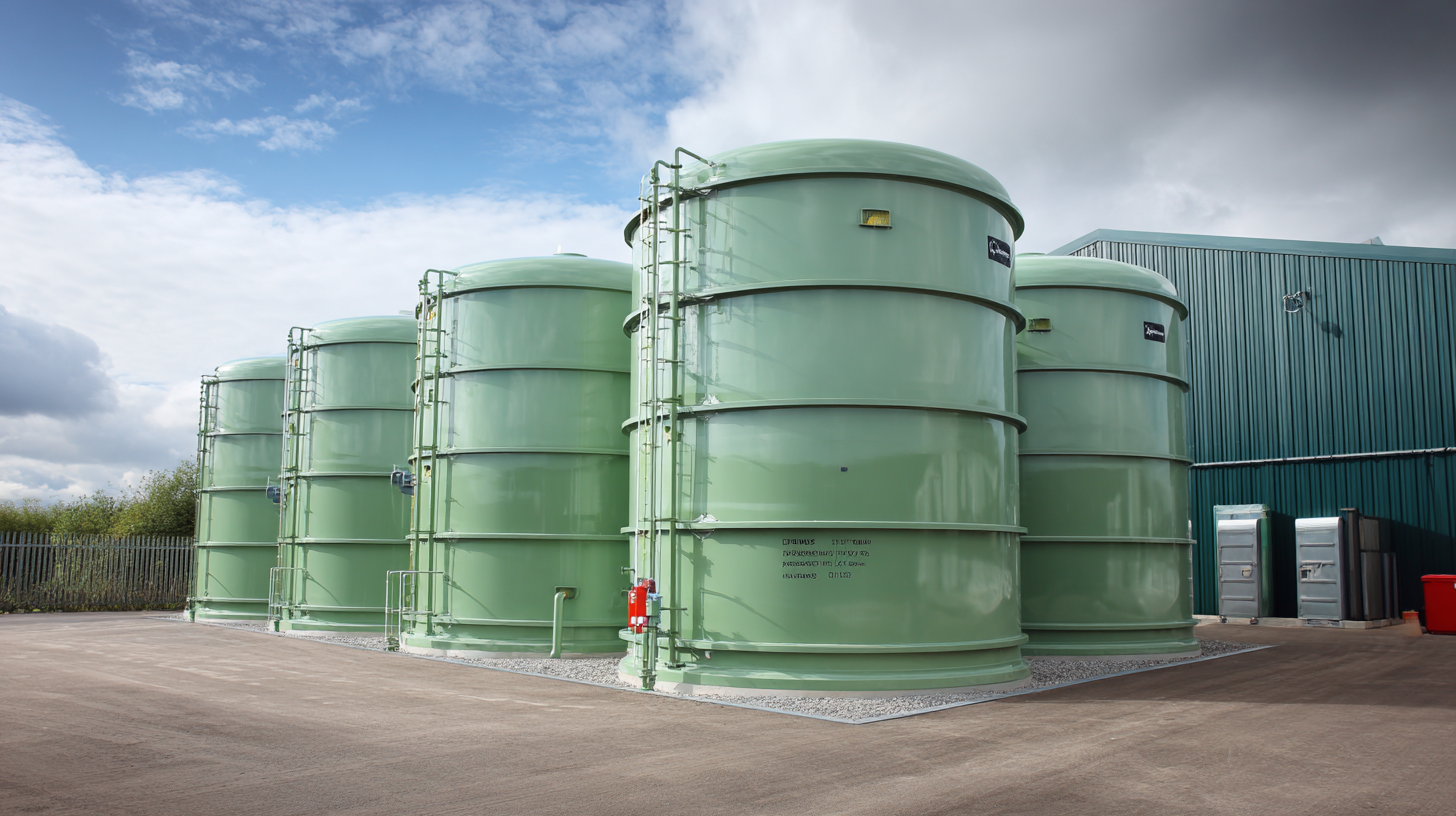
When selecting a GRP storage tank, it’s crucial to undertake a comparative analysis of the leading options available. Each tank has distinct features that cater to various needs, making it vital to consider the specifications that align with your requirements. For instance, the durability and chemical resistance of the material are essential for tanks intended to store aggressive substances. Tanks designed with enhanced insulation properties can also significantly improve energy efficiency, making them more sustainable in the long run.
Another factor to consider is the installation and maintenance requirements of each tank. Some models offer modular designs that simplify installation and reduce the need for extensive groundwork, while others emphasize low-maintenance technologies to streamline operations over time. Moreover, pricing structures can vary widely; understanding the long-term value each tank brings through durability and reduced operational costs is essential for making an informed investment. Evaluating these attributes will help you choose the best GRP storage tank, ensuring it meets both your sustainability goals and operational efficiency.
GRP (Glass Reinforced Plastic) tanks are increasingly recognized as a cornerstone for sustainable water management. These tanks offer a plethora of benefits, making them an excellent choice for both commercial and residential applications. One of the primary advantages of GRP tanks is their durability. Resistant to corrosion and UV damage, these tanks can withstand harsh environmental conditions while requiring minimal maintenance. This longevity ensures that they provide a reliable water storage solution over time, reducing the need for frequent replacements.
When considering GRP tanks, it is essential to focus on proper installation and maintenance. Regular inspections should be conducted to check for any signs of wear or weaknesses. Moreover, ensure that the tanks are situated in areas with adequate drainage to prevent overflow during heavy rain. This simple tip can prolong the life of your tank while enhancing its efficiency in water management.
Choosing the right size and capacity for your needs can also optimize water usage. GRP tanks come in various sizes, so assessing your water consumption will help you select a tank that meets your demands without waste. Always consult with a specialist to determine the best option for your specific requirements, ensuring sustainable solutions for water management in the long run.
When it comes to ensuring that your Glass Reinforced Plastic (GRP) storage tank performs optimally over its lifespan, proper installation is critical. One of the primary tips is to ensure a level foundation. The tank should be placed on a completely flat and stable surface to avoid any structural stress that could lead to cracking or deformation. It's also vital to check local soil conditions and make necessary adjustments to accommodate the tank's weight.
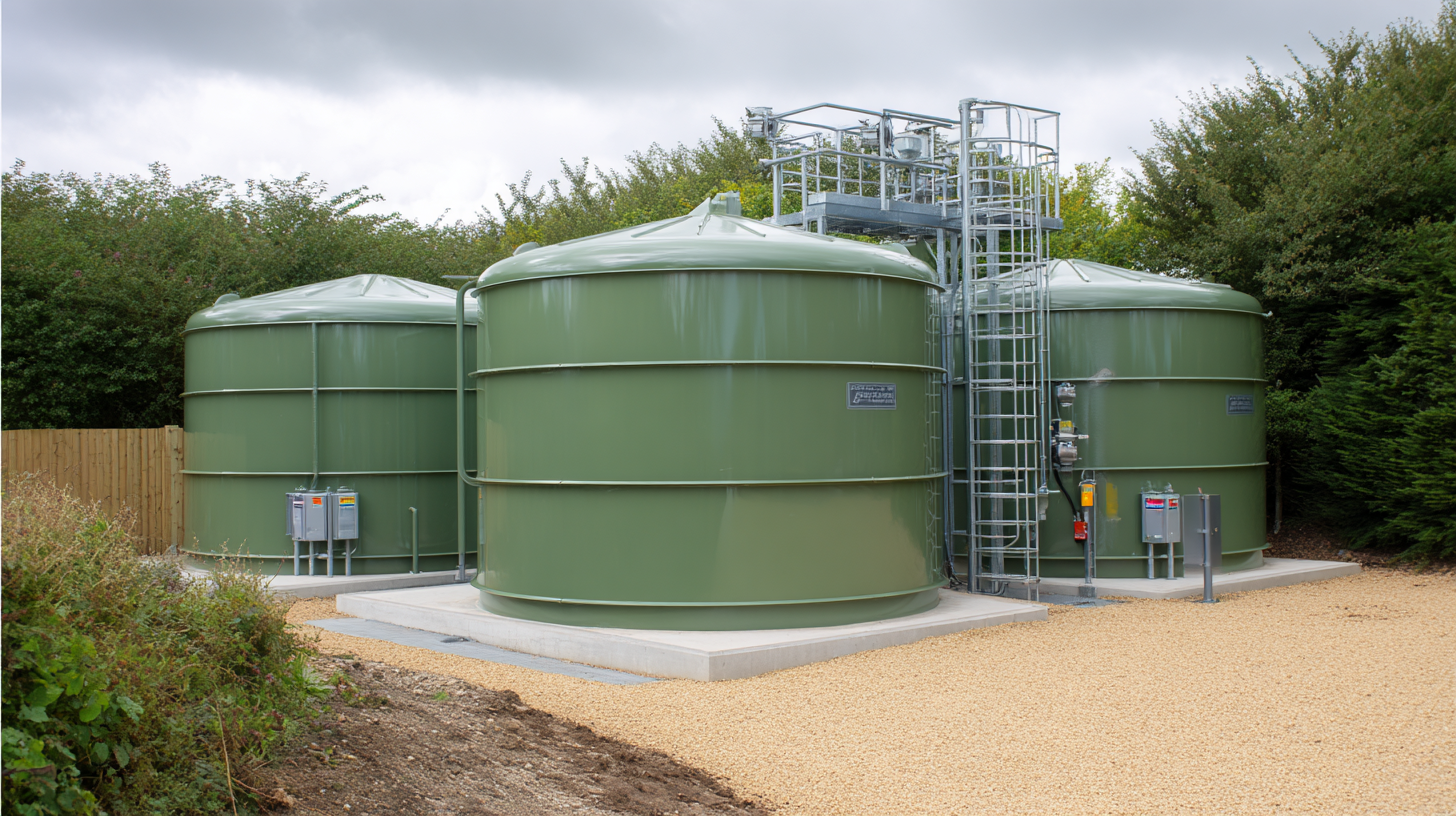
Another key tip for maximizing the lifespan of your GRP tank is to ensure proper venting. Adequate ventilation helps to prevent the buildup of pressure and allows for the smooth entry and exit of air. This can significantly reduce the risk of corrosion and deterioration over time. Additionally, utilizing protective coatings on the tank's exterior can fend off environmental damage, extending its service life.
Lastly, regular maintenance checks are essential. Periodically inspect your GRP tank for any signs of wear, leaks, or structural issues. Early detection of problems can help address them before they escalate, contributing to the longevity and efficiency of your storage solutions.
When it comes to ensuring the longevity and optimal performance of Glass Reinforced Plastic (GRP) storage tanks, regular maintenance is key. One of the most effective practices is conducting routine inspections to identify any signs of wear or damage. It is essential to check for cracks, corrosion, or delamination, which can compromise the structural integrity of the tank. Early detection allows for timely repairs, preventing more extensive damage and costly replacements.
Another important maintenance practice is to keep the tank clean and free from contaminants. Regular cleaning not only helps maintain the quality of the stored substances but also prevents build-up that could affect tank performance. Utilizing eco-friendly cleaning agents can align with sustainable practices, ensuring that your maintenance efforts do not harm the environment. Additionally, maintaining proper temperature and pressure levels within the tank can further enhance its efficiency and lifespan, as GRP materials can be sensitive to extreme conditions. By adhering to these best practices, facility managers can ensure their GRP storage tanks operate effectively while contributing to a more sustainable future.
Maintenance Best Practices for Optimal Performance of GRP Tanks
| Tank Model | Capacity (liters) | Material | Application | Maintenance Frequency | Expected Lifespan (years) |
|---|---|---|---|---|---|
| Model A | 1000 | GRP | Water Storage | Annual | 30 |
| Model B | 5000 | Polyester GRP | Chemical Storage | Semi-Annual | 25 |
| Model C | 3000 | Vinyl Ester GRP | Wastewater Treatment | Quarterly | 20 |
| Model D | 2500 | GRP with UV Resistance | Irrigation | Annual | 30 |
| Model E | 1500 | Reinforced GRP | Fire Protection | Monthly | 35 |
| Model F | 8000 | Corrosion-Resistant GRP | Industrial Process | Annual | 30 |
| Model G | 1200 | Lightweight GRP | Residential | Biannual | 25 |

